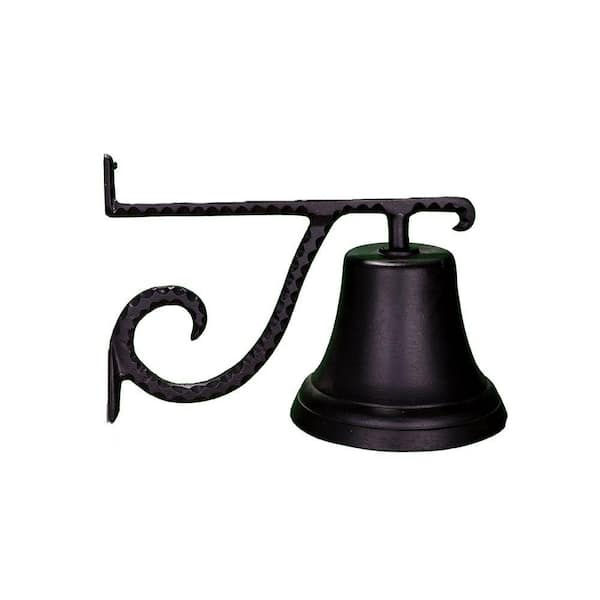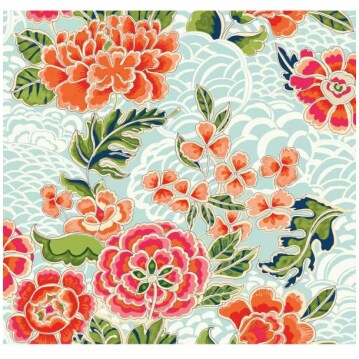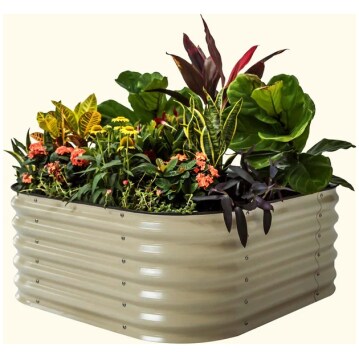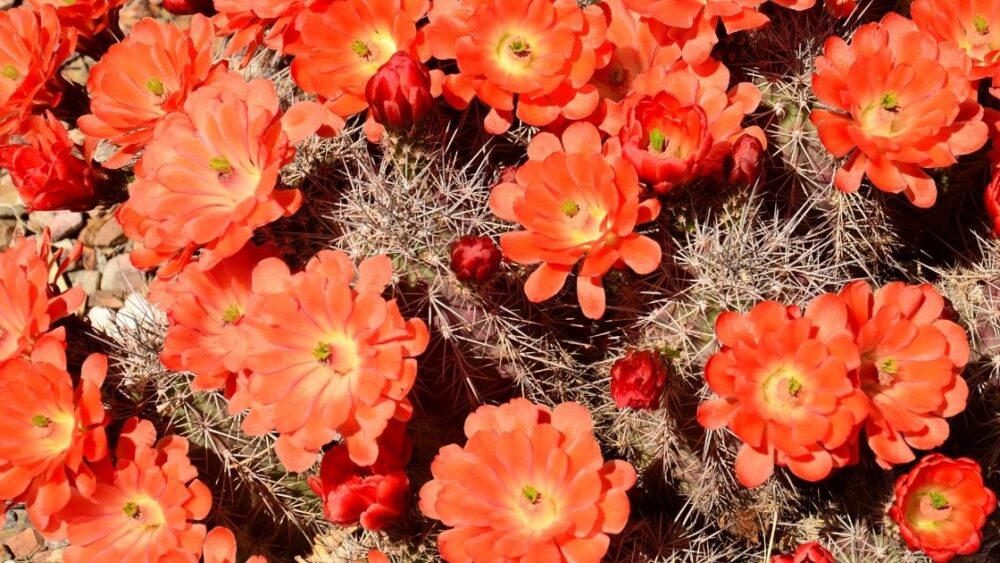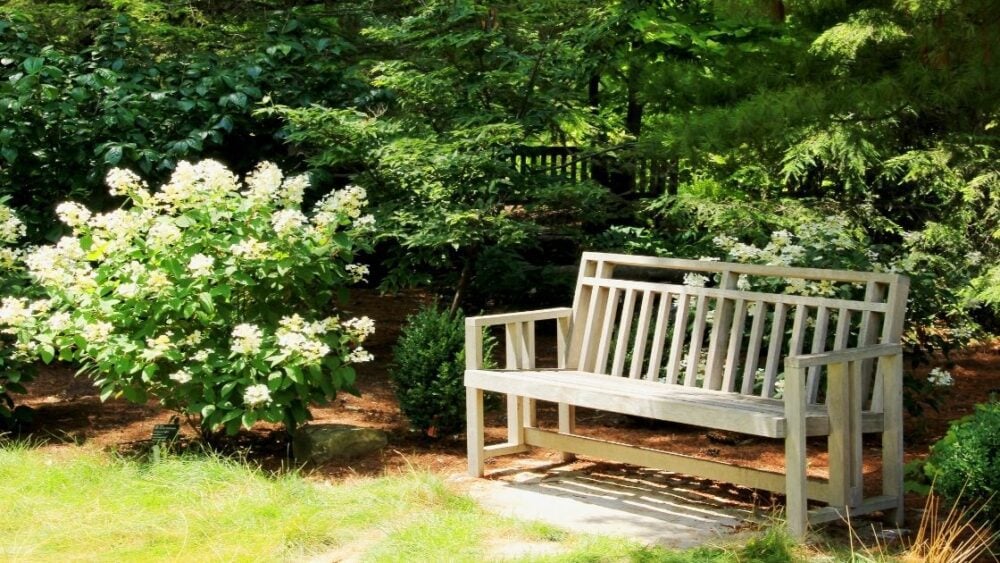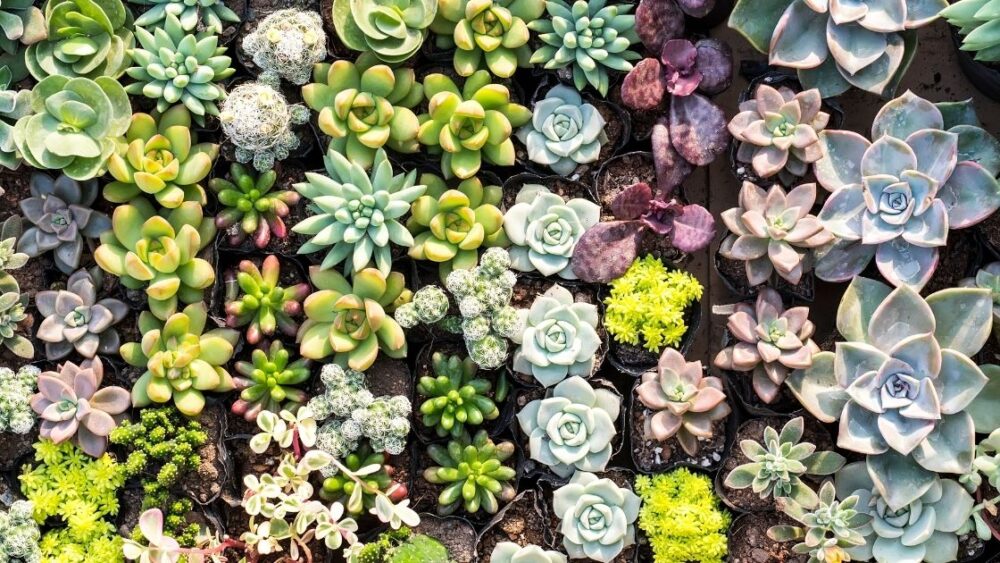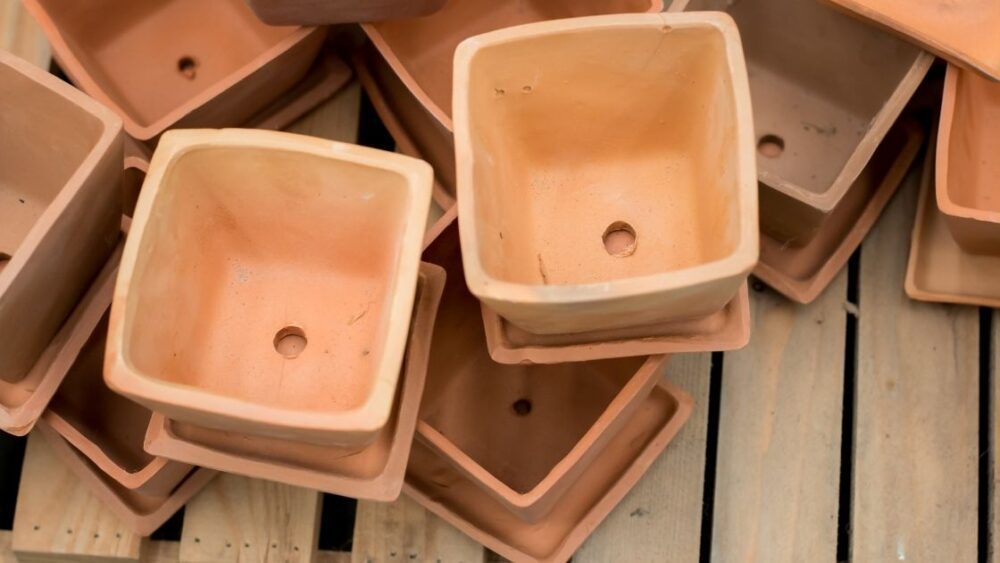
Drainage holes are important – they ensure that the soil in the pot never stays saturated with water for too long. The condition of the soil after all the excess water naturally drains off due to gravity is known as ‘field capacity’. For most soils, field capacity means that there is some air in-between individual soil particles – this keeps the soil in an aerobic, oxygenated state.
Without drainage holes, the soil near the bottom of the pot remains above field capacity. Most of the air gets displaced by water and anaerobic, rot-promoting bacteria set in. This of course leads to the dreaded root rot, which is one of the most difficult problems to solve, usually requiring repotting.
But what about the number of drainage holes and their size? Do more holes provide better drainage? And is their size important? Do larger pots need larger drainage holes? We’ll answer all of those questions in the following paragraphs. Let’s get into it!
Browse our Affiliate Products
How Much Drainage Do Flower Pots Need?
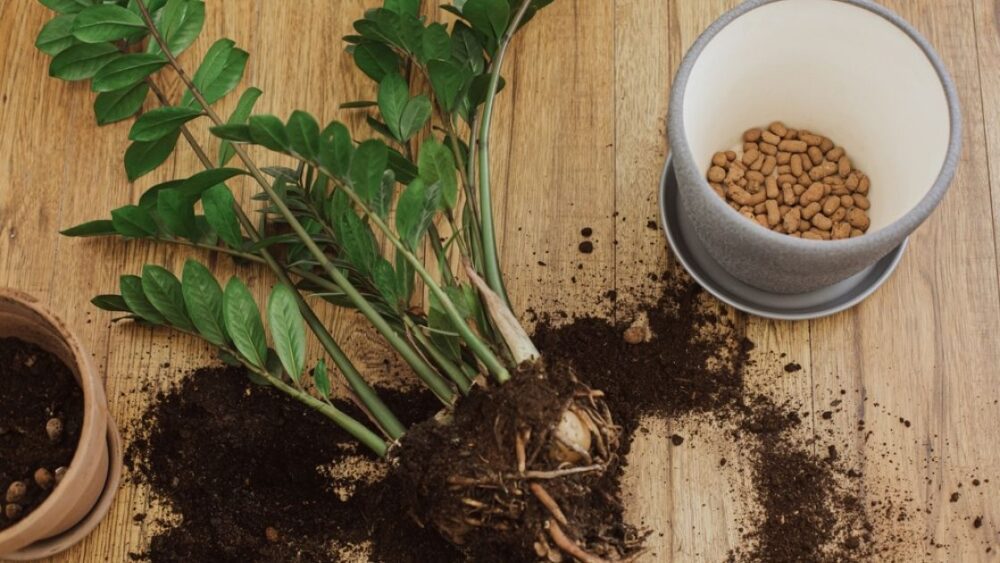
Even though soggy soil is a risk factor for root rot, temporary flooding of the soil with water is not harmful. In nature, the drainage of excess rainwater typically takes 2 to 3 days.
In pots, this process usually happens even more quickly, and the size and number of drainage holes doesn’t influence the drainage speed that much. The only reason to have more (and bigger) drainage holes is to ensure that they don’t get blocked or clogged up.
Are Drainage Holes Absolutely Necessary?
Although drainage holes are considered a must, it is possible for plants to thrive in containers without drainage. This is sometimes necessary if you want to utilize glass containers, in which holes can’t be bored. Pots without drainage holes require very careful watering and even a single watering with excess water can spell death for the plant and lead to irreversible root rot. To successfully water plants in non-draining containers, use just enough water to moisten the soil, but not enough to create a muddy, saturated layer on the bottom. For a 6-inch pot, this usually means 2 to 3 oz. of water, but that amount is highly dependent on your particular soil.
A good example of potting containers without drainage holes are glass terrariums, for which a drainage layer of pebbles is often used on the bottom. A layer of activated carbon is commonly used above(or sometimes below) the pebble layer – it supposedly acts to absorb the harmful by-products of the anaerobic fermentation, which results from the lack of drainage. However, there is some debate as to whether or not those carbon layers are really necessary.
How Big Should Drainage Holes Be?

The size of the drainage holes doesn’t have a significant influence on the rate of drainage. However, very tiny holes can get blocked and cause problems, especially if there is also too few of them.
There is no reason to use holes smaller than 1/4th of an inch in diameter, regardless of the size of pot. Tiny holes can get plugged up not only by compacted soil particles, but also by the plant roots attempting to grow through them.
For more information on plastic and terracotta pots, check out our other articles below.
Do Larger Pots Require More/Bigger Drainage Holes?
There is a lot of general advice on the internet regarding proper drainage hole size for a certain diameter pot. Usually 6-inch diameter pots are recommended to have 4 or 6 drainage holes with a diameter of 1/4th inch, while 1/2 inch holes are recommended for 10-inch or larger pots. However, the size and the number of drainage holes isn’t hugely important – the difference between 1/4th and 1/2 inch holes will be almost zero when it comes to the actual speed of water drainage.
Do Drainage Layers Work And Are They Necessary?
Drainage layers are a thin layer of rocks or pebbles that separates the bottom of the pot from the soil. In the past, drainage layers were extremely common and many older gardening books (older than around 10 years) recommended them. Today, this practice is much less common.
This may be because modern soil mixes contain more perlite and/or coco coir, which results in a much looser, more porous soil that doesn’t really benefit that much from a drainage layer. Still, a drainage layer can be extremely helpful and can make all potted plants much more resistant to over-watering. The layer of rocks acts like a very coarse mesh and allows more water to be drained off of the soil naturally. Naturally, it all comes down to how much you water and irrigate your plants. This article may help, How Often Should I Water my Indoor Plants/Outdoor Potted Plants?
When a drainage layer is combined with a very well-draining soil, watering with too much water becomes a non-issue, even for drought-loving succulents. As we already discussed, a drainage layer is sometimes used instead of drainage holes. However, this is not a good practice and should be used only as a last resort – usually for glass/ceramic containers.
Do You Need More Drainage Holes for Bottom Watering to Work?
Bottom-watering is a great technique for certain plants, which like high-humidity and are not drought-tolerant. This includes carnivorous plants and plant species that naturally grow in forests, like the common primrose.
However, bottom watering is not suitable for the majority of plant species. Most plants are used to infrequent, heavy watering by the rain, followed by a drought period. During the drought period, air is ‘sucked back’ into the soil, as the water drains away and evaporates.
Although bottom-watering can still replace regular, top-watering, there is little reason to use it exclusively for plants that prefer a drought period in-between waterings. The hole arrangement on the bottom of the pot makes little difference to the success of bottom watering and even pots with a single, 1/4th inch hole will eventually suck up all the water from the tray, provided that the water demand of the soil is there.
Does a Drainage Layer Prevent Wicking When You Bottom Water?
If you have a drainage layer, bottom-watering will not work great. Any time the water level in the tray falls below the level of the soil (the top of the drainage layer), wicking will be greatly reduced or will completely stop.
Plants that benefit most from a drainage layer (succulents in particular) are not well-suited to being bottom watered regardless, so, ultimately – using bottom watering for pots with drainage layers makes little sense. For contiuned reading, check out this article What is the perfect pot for my plants?
What Can Happen Without Proper Drainage?
If your pots have no drainage holes, or the drainage holes have been clogged by compacted soil, a single excessive watering can lead to root rot, which is very difficult to remedy. This is highly dependent on the plant species – some plants like Geranium or Primrose are very resistant to root rot and can tolerate a low-oxygen environment in their root system almost indefinitely.
Most plants however, will start suffering when the soil gets too soggy for too long. At first, this will show up as yellowing of the leaves and poor growth. Eventually, a large portion of the roots may start rotting and dying, leading to irreversible wilting and eventually – death.
Final Thoughts
The number and size of drainage holes makes little difference and even a single, 1/2 inch hole is usually enough, regardless of the size of the pot. However, having more drainage holes and making them bigger as pot size increase is a good practice – this will ensure that even if a few of the holes get clogged up, there are others to provide drainage. Larger drainage holes can improve the aeration of the soil, especially in smaller pots, but this is not a big factor.

